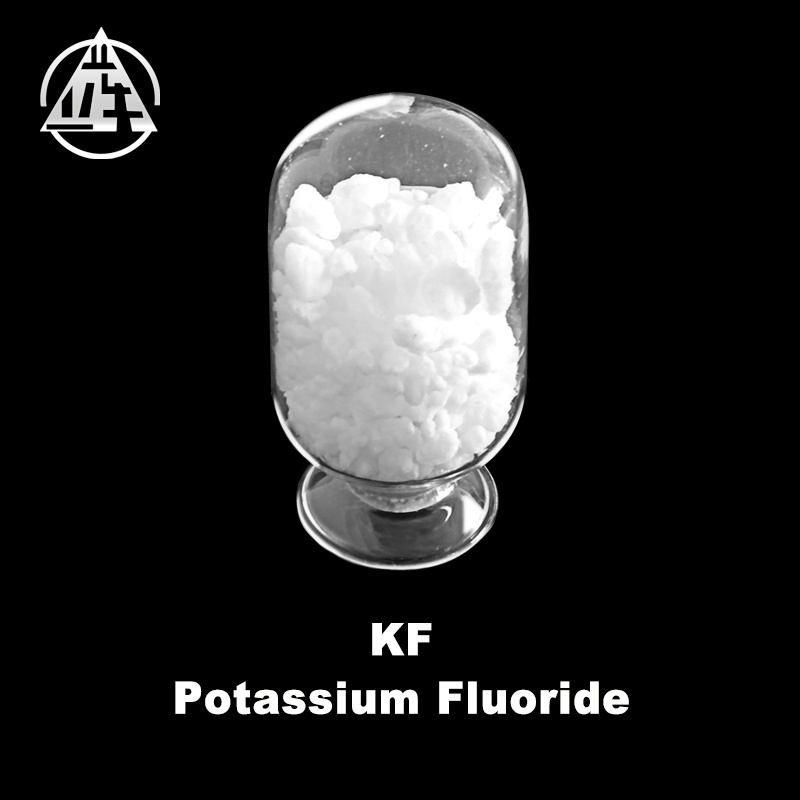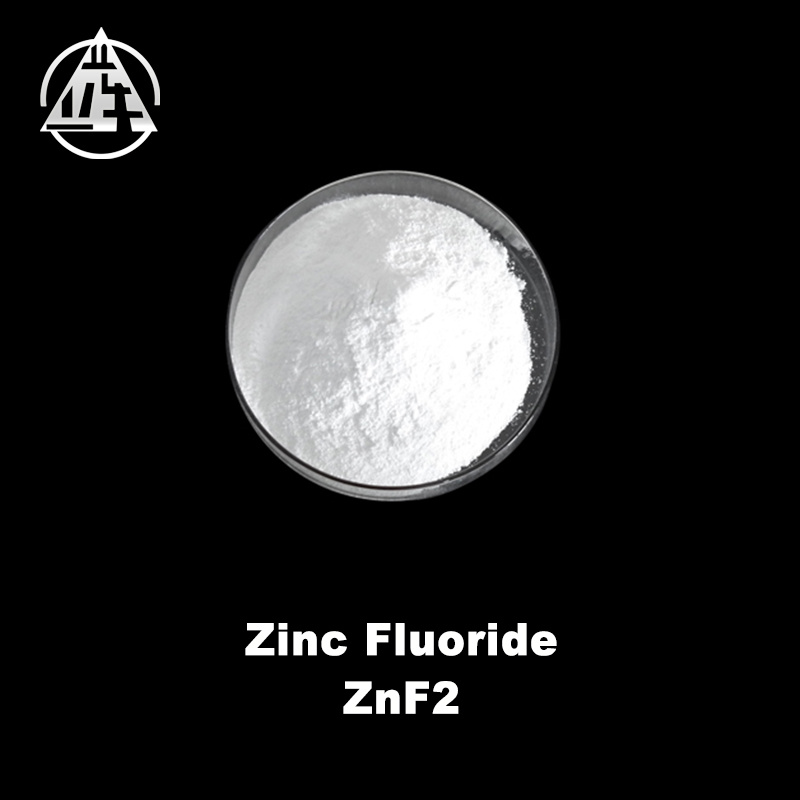Unlocking the Potential of Lutetium Fluoride: A Comprehensive Guide to its Properties and Applications
Release Time:
2023-08-03
Understanding the Properties and Uses of Lutetium Fluoride (LuF3) Table of Contents 1. Introduction 2. Understanding Lutetium Fluoride (LuF3) 3. Physical Properties of Lutetium Fluoride 4. Chemical Properties of Lutetium Fluoride 5. Applications in Electronics 6. Medical and Pharmaceutical Applications 7. Optical and Laser Applications 8. Lutetium Fluoride in Nuclear Energy 9. Environmental and An
Understanding the Properties and Uses of Lutetium Fluoride (LuF3)
Table of Contents
1. Introduction
2. Understanding Lutetium Fluoride (LuF3)
3. Physical Properties of Lutetium Fluoride
4. Chemical Properties of Lutetium Fluoride
5. Applications in Electronics
6. Medical and Pharmaceutical Applications
7. Optical and Laser Applications
8. Lutetium Fluoride in Nuclear Energy
9. Environmental and Analytical Applications
10. Frequently Asked Questions (FAQs)
11. Conclusion
1. Introduction
In this era of advanced technology, the properties and applications of lutetium fluoride (LuF3) have been gaining significant attention. This article aims to provide a comprehensive understanding of this compound, its properties, and its wide range of applications.
2. Understanding Lutetium Fluoride (LuF3)
Lutetium fluoride, also known as LuF3, is an inorganic compound composed of lutetium and fluorine atoms. It belongs to the family of rare earth fluorides and is characterized by its high melting point and exceptional stability. This compound exhibits unique properties that make it highly valuable in various industries.
3. Physical Properties of Lutetium Fluoride
Lutetium fluoride possesses several distinct physical properties that contribute to its usefulness in different applications. These include its high melting point, excellent thermal stability, transparency to ultraviolet and infrared radiation, and its ability to resist both physical and chemical degradation.
4. Chemical Properties of Lutetium Fluoride
The chemical properties of lutetium fluoride make it a versatile compound with applications in numerous fields. It is highly compatible with various solvents and can form stable complexes with other chemicals. Its ability to efficiently transfer energy through radiative processes makes it an ideal component in luminescent materials.
5. Applications in Electronics
Lutetium fluoride finds extensive use in the field of electronics, particularly in the production of scintillators and phosphors. Its unique luminescent properties make it an excellent material for producing high-quality images in medical imaging devices and enhancing the efficiency of lighting systems.
6. Medical and Pharmaceutical Applications
The medical and pharmaceutical industries also benefit from the properties of lutetium fluoride. It is utilized in positron emission tomography (PET) scanners for imaging and diagnosing various diseases. Additionally, lutetium fluoride-based compounds are being investigated for their potential in targeted cancer therapies.
7. Optical and Laser Applications
Lutetium fluoride has exceptional optical properties that make it an essential component in the production of laser crystals and optical fibers. Its high refractive index and low dispersion enable the creation of laser systems with exceptional beam quality and efficiency, finding applications in telecommunications, military equipment, and scientific research.
8. Lutetium Fluoride in Nuclear Energy
The unique properties of lutetium fluoride make it highly suitable for applications in the nuclear energy sector. It is utilized as a neutron absorber and shield, preventing the escape of harmful radiation. Additionally, lutetium fluoride is employed in the production of fuel cells and nuclear reactors.
9. Environmental and Analytical Applications
Lutetium fluoride plays a crucial role in environmental and analytical applications. Its ability to efficiently absorb and emit light aids in the detection and quantification of various substances. It is used in analytical techniques such as spectroscopy and chromatography, enabling accurate analysis of complex samples.
10. Frequently Asked Questions (FAQs)
Q1. What is the melting point of lutetium fluoride?
Q2. Can lutetium fluoride be used in medical imaging?
Q3. How is lutetium fluoride utilized in the production of lasers?
Q4. Is lutetium fluoride harmful to the environment?
Q5. What are the potential future applications of lutetium fluoride?
11. Conclusion
In conclusion, lutetium fluoride (LuF3) is a remarkable compound with a wide range of applications across various industries. Its unique properties, such as high thermal stability, excellent luminescence, and compatibility with other chemicals, make it an invaluable component in electronics, medicine, optics, nuclear energy, and environmental analysis. Understanding the properties and uses of lutetium fluoride opens up a world of possibilities for technological advancements and scientific breakthroughs.
Table of Contents
1. Introduction
2. Understanding Lutetium Fluoride (LuF3)
3. Physical Properties of Lutetium Fluoride
4. Chemical Properties of Lutetium Fluoride
5. Applications in Electronics
6. Medical and Pharmaceutical Applications
7. Optical and Laser Applications
8. Lutetium Fluoride in Nuclear Energy
9. Environmental and Analytical Applications
10. Frequently Asked Questions (FAQs)
11. Conclusion
1. Introduction
In this era of advanced technology, the properties and applications of lutetium fluoride (LuF3) have been gaining significant attention. This article aims to provide a comprehensive understanding of this compound, its properties, and its wide range of applications.
2. Understanding Lutetium Fluoride (LuF3)
Lutetium fluoride, also known as LuF3, is an inorganic compound composed of lutetium and fluorine atoms. It belongs to the family of rare earth fluorides and is characterized by its high melting point and exceptional stability. This compound exhibits unique properties that make it highly valuable in various industries.
3. Physical Properties of Lutetium Fluoride
Lutetium fluoride possesses several distinct physical properties that contribute to its usefulness in different applications. These include its high melting point, excellent thermal stability, transparency to ultraviolet and infrared radiation, and its ability to resist both physical and chemical degradation.
4. Chemical Properties of Lutetium Fluoride
The chemical properties of lutetium fluoride make it a versatile compound with applications in numerous fields. It is highly compatible with various solvents and can form stable complexes with other chemicals. Its ability to efficiently transfer energy through radiative processes makes it an ideal component in luminescent materials.
5. Applications in Electronics
Lutetium fluoride finds extensive use in the field of electronics, particularly in the production of scintillators and phosphors. Its unique luminescent properties make it an excellent material for producing high-quality images in medical imaging devices and enhancing the efficiency of lighting systems.
6. Medical and Pharmaceutical Applications
The medical and pharmaceutical industries also benefit from the properties of lutetium fluoride. It is utilized in positron emission tomography (PET) scanners for imaging and diagnosing various diseases. Additionally, lutetium fluoride-based compounds are being investigated for their potential in targeted cancer therapies.
7. Optical and Laser Applications
Lutetium fluoride has exceptional optical properties that make it an essential component in the production of laser crystals and optical fibers. Its high refractive index and low dispersion enable the creation of laser systems with exceptional beam quality and efficiency, finding applications in telecommunications, military equipment, and scientific research.
8. Lutetium Fluoride in Nuclear Energy
The unique properties of lutetium fluoride make it highly suitable for applications in the nuclear energy sector. It is utilized as a neutron absorber and shield, preventing the escape of harmful radiation. Additionally, lutetium fluoride is employed in the production of fuel cells and nuclear reactors.
9. Environmental and Analytical Applications
Lutetium fluoride plays a crucial role in environmental and analytical applications. Its ability to efficiently absorb and emit light aids in the detection and quantification of various substances. It is used in analytical techniques such as spectroscopy and chromatography, enabling accurate analysis of complex samples.
10. Frequently Asked Questions (FAQs)
Q1. What is the melting point of lutetium fluoride?
Q2. Can lutetium fluoride be used in medical imaging?
Q3. How is lutetium fluoride utilized in the production of lasers?
Q4. Is lutetium fluoride harmful to the environment?
Q5. What are the potential future applications of lutetium fluoride?
11. Conclusion
In conclusion, lutetium fluoride (LuF3) is a remarkable compound with a wide range of applications across various industries. Its unique properties, such as high thermal stability, excellent luminescence, and compatibility with other chemicals, make it an invaluable component in electronics, medicine, optics, nuclear energy, and environmental analysis. Understanding the properties and uses of lutetium fluoride opens up a world of possibilities for technological advancements and scientific breakthroughs.



